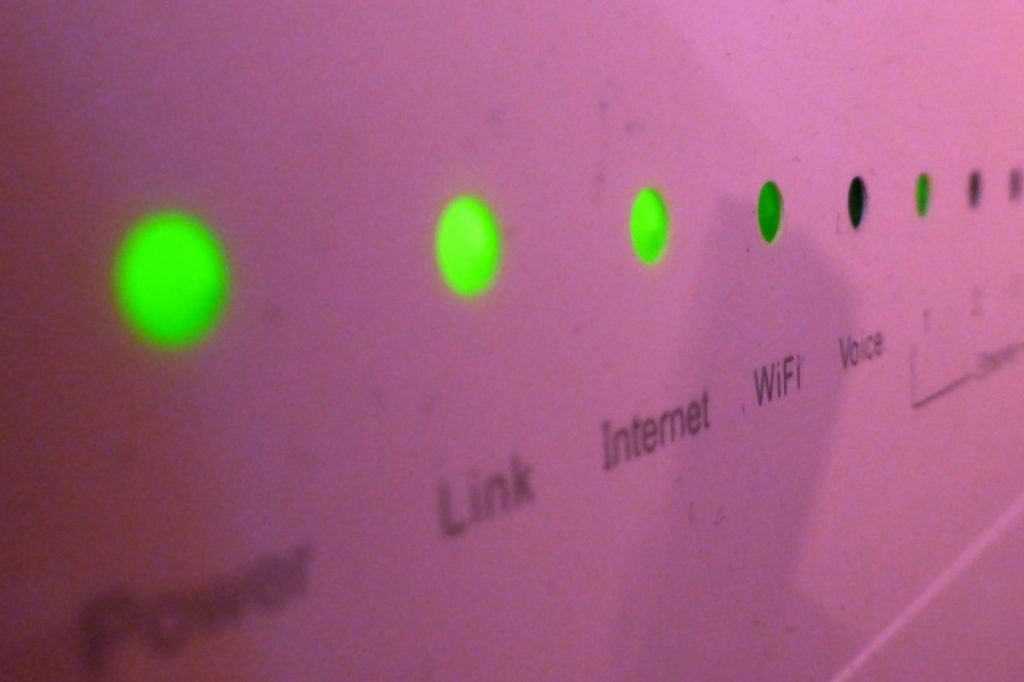Community Broadband Program aims to bridge Syracuse’s digital divide
Community Broadband Program aims to bridge digital divide
Experts discuss the importance of reliable internet access for city residents and students.

About 500 residents have signed up for the city of Syracuse’s Community Broadband Program since its launch in early 2023. First announced by Syracuse Mayor Ben Walsh, the program provides access to high-speed internet for low-income residents as an effort to bridge the digital divide.
The program is using $3.5 million through the American Rescue Plan Act funds and provides residents with a three-year plan including installation, maintenance and customer support.
In 2020, about 60.7% of Syracuse households had high-speed broadband internet, according to data collected by NYU Langone Health. The Community Broadband Program aims to support a minimum of 2,500 underserved households in Syracuse.
“This program will support families without adequate internet access and alleviate digital challenges that have been exacerbated by COVID-19,” Walsh said in a statement. “I am pleased that we are taking direct steps to bridge the digital divide, creating digital opportunity for all.”
The program primarily serves households in the Near Westside, Southwest and Brighton neighborhoods. As of 2020, only 43.7% of homes in Brighton had access to high speed broadband internet, according to NYU Langone Health data.
In addition to households suffering from the lack of internet connection, the conflict took a large toll on students. In 2019, one-third of students in the Syracuse City School District did not have high-speed internet accessible at home, according to the City Health Dashboard.
Angela Siefer, Executive Director of the National Digital Inclusion Alliance, believes that the internet became a lifeline during the pandemic. While people with higher incomes were functioning with the internet at home, some students had to do homework in parking lots to connect to WiFi.
“We used to talk about access to the internet being a luxury. It’s definitely not a luxury,” Siefer said. “I would even say we’re at a point where the internet is mandatory, whether you like it or not.”
The Onondaga County Public Libraries (OCPL) work to identify key challenges and solutions to advance digital equity in the region. Regardless of socioeconomic status or geographical location, the OCPL offers free internet services available to all patrons. Central Library, located on 447 S. Salina St., has 32 available stations that are open to the public.
Tom Walters, director of communications at the library, often sees staff supporting patrons who may need help using the libraries’ computers and applications.
“We work with a company called Literacy CNY, and on occasion, we have volunteers come in to the branches and work with people navigating computers and phones,” Walters said. “ Our librarians just bend over backward to help people.”
For Walters, the commitment to digital equity goes beyond merely using the library as a broadband hotspot hub. It’s about relying on the library for essential services.
“There are people that come in every day looking for jobs and can apply for them at our branches,” Walters said. “There are people that rely on this daily, so every day here is a success story in itself.”
Public access to broadband services in libraries alone is not a long-term solution to digital equity, said Siefer of the National Digital Inclusion Alliance.
“We really need everybody at the table,” Siefer said. “This program in particular is part of building a solution. We need to pull everybody together to help address the issue of equitable access to the internet.”
